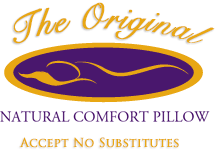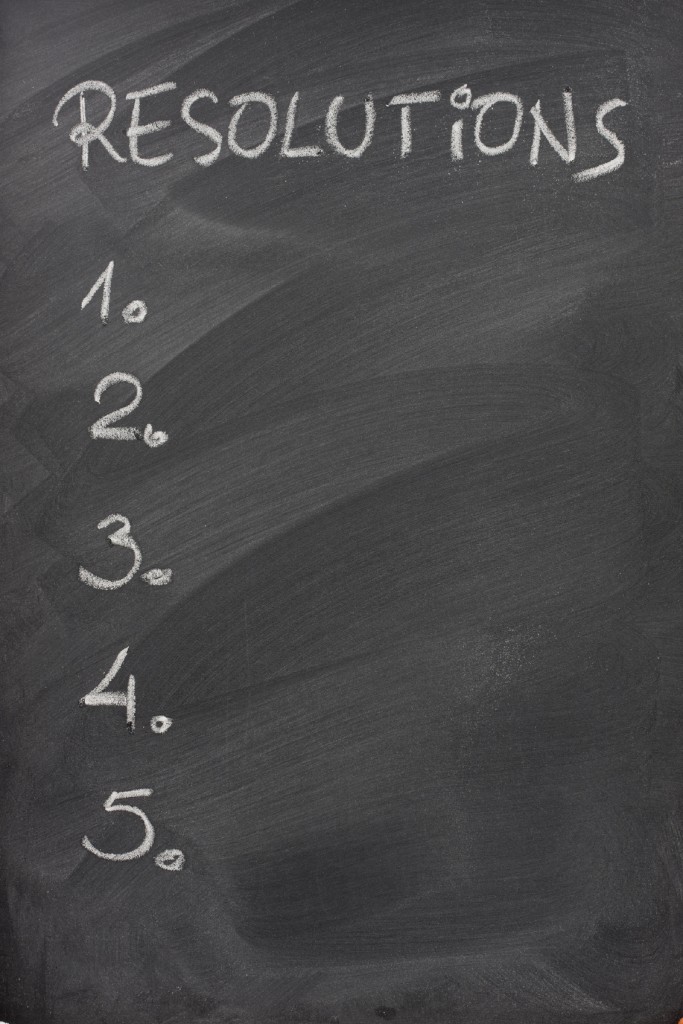 In Part 1 of our series, we talked about the importance of sleep in relation to accomplishing goals. In Part 2, we’ll be discussing how to discover your goals, which will make it possible for you to clearly define them.
In Part 1 of our series, we talked about the importance of sleep in relation to accomplishing goals. In Part 2, we’ll be discussing how to discover your goals, which will make it possible for you to clearly define them.
Discovering Your Goals
Do you know what your goals are? Each year, millions of people make New Year’s resolutions, but they don’t really understand how to accomplish them. Of course, before you can accomplish a goal, you need to know what it is. This may sound obvious, but when asked what their goals are many people’s response is “I don’t know.”
What I like to ask people who give me this answer is, “if you did know, what would it be?” This is a question I learned from Brian Tracey, and it has a way of freeing up the mind so an individual can discover their goals. So if your answer is “I don’t know,” ask yourself what if you did know? A good rule of thumb is to be mindful of what you love to do the most in life. Make sure you have a pen and paper handy and start writing down what comes to mind. Don’t worry about whether or not you can make a “living” at it. The only contingency is your love of doing it.
Make sure your list is full of things you really want to do — not things you think you’re supposed to do, or what others might expect of you. Remember, if you focus on doing what you love, you’ll be more apt to do a fantastic job with it — and make a better living, too!
Once the list is completed, set it aside for at least a day or two. Then, sit with it again and cross off anything that doesn’t really get you excited, and circle the items that still get you really pumped. There may also be ideas that are stuck in the middle of these two options. Cross them off. If they’re not getting you excited enough to place them in “pumped” section, there’s no need to put them there.
Addressing Fear
The exception to this rule is fear. In other words, if you’re crossing something off the list because it scares you, that’s not a good reason not to do something. If you feel it would be really great to do but, you you’re not “good enough,” or it seems too difficult, think long and hard about putting it on your goals list.
At the end of the day, if you believe you can than you probably can. And if you believe you can’t, you’ll be right, too. If you’re having trouble with your goals list, it might be a good idea to sit with a good friend or loved one to discuss it. As a matter of fact, it’s a good idea to do this even if you wind up being crystal-clear about what your goals are. The more support the better!
Once you have a paired down list of goals, you armed with the foundation of information you need to manifest each goal into reality. Some may take only days to accomplish, some years. Our next installment of this series will focus on clearly defining your goals, which will help you create a step-by-step plan of action to accomplish them.
The Goal of Better Sleep
One of the main reasons our customers buy the Natural Comfort Pillow is the fact that it helps them sleep better. In all, our supportive pillow can be of assistance with eight different types of sleep issues — from reducing neck and shoulder pain, to reducing snoring, and more. The importance of a good night’s sleep cannot be understated. So when you’re thinking about your goals, consider whether or not you’re getting the quality of sleep you need in order to accomplish those goals most effectively.
Until next time, sleep well, and good luck with creating your goals list!
You may also like:
The Connection between Goals & Sleep, Part 1: How to Sleep Better
The Connection Between Goals & Better Sleep, Part 3: Clearly Defining Your Goals
The Connection Between Goals & Better Sleep, Part 4: Implementing a Step-by-Step Plan of Action




